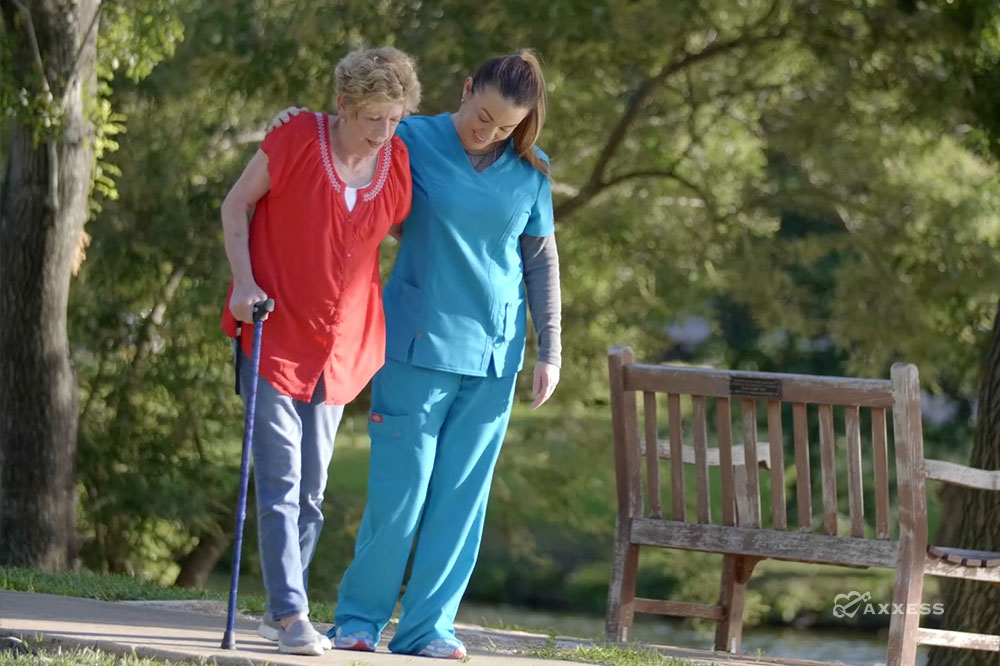
Hospices must understand that Medicare Administrative Contractors (MACs) Cigna Government Services (CGS), National Government Services (NGS) and Palmetto set disease-specific criteria for eligibility for a stroke that include assessing the non-disease specific criteria alongside the disease-specific criteria. As with all diagnoses for hospice patients, the eligibility is determined by the physician’s narrative statement in the Certification of Terminal Illness (CTI) of the specific reasons, including these LCD criteria. Physicians must believe the patient has a prognosis of six months or less if the disease runs its expected course.
Understanding the LCD Criteria
CGS and NGS have very specific criteria for patients with a terminal diagnosis of a stroke. These MACs are looking for a functional decline measured on the Karnofsky Performance Scale (KPS) or Palliative Performance Scale (PPS) of 40% or less and poor nutrition/hydration status, as evidenced by one of the following:
- Weight loss or decreased mid-arm circumference
- Decreased serum albumin (NGS gives a number equal to or below 2.5gm/dl)
- Current history of pulmonary aspiration, not responsive to speech-language pathology interventions
- Sequential calorie counts documenting inadequate calorie/fluid intake
- Dysphagia severe enough to prevent adequate food and fluids in the absence of artificial hydration/nutrition
In addition, NGS and CGS request, but do not require, the presence of the following medical complications in the last 12 months:
- Aspiration pneumonia
- Upper urinary tract infection
- Sepsis (CGS only)
- Refractory stage 3-4 pressure ulcers
- Fever recurrent after antibiotics
Diagnostic CT scans are especially helpful for indicating poor prognosis with strokes, particularly a new stroke where a patient does not have 12 months of decline documented. In non-traumatic hemorrhagic (bleeding) strokes, CGS and NGS are looking for the presence of large volume hemorrhages, a ventricular extension of hemorrhages, large surface area hemorrhage, midline shifts or obstructive hydrocephalus without ventriculoperitoneal shunt placement.
For thrombotic/embolic (clot) strokes, CGS and NGS are looking to confirm large areas of loss of brain function on both sides of the brain or with both cortical and subcortical infarcts, basilar arterial occlusion, or bilateral vertebral artery occlusion. For new strokes, it is beneficial to obtain CT scans from the hospital stay when the stroke occurred for verification of the severity of the stroke.
Palmetto discusses all neurological conditions (except dementia/Alzheimer’s disease) in one LCD. If Palmetto is your MAC, your hospice software documentation needs to have significant information on the presence of comorbidities and secondary conditions that impact the Plan of Care by adding to symptom burden, functional decline, activity limitations, and ultimately the overall prognosis. Secondary conditions are directly related to and caused by the terminal diagnosis. An example of this would be a patient with a stroke who has resultant dysphagia and pressure ulcers from poor mobility and nutritional intake.
Comorbid conditions are distinct from the terminal disease itself but impact the functional status and decline. An example of this would be a patient with a stroke who also has COPD is at greater risk for pneumonia due to the underlying pulmonary disease process. The combination of terminal disease, secondary conditions, and comorbidities will impact the prognosis of a patient and should be addressed in the CTI narrative.
All MACs expect the hospice to determine the diagnoses that are related to the patient’s terminal prognosis and address all in the CTI narrative, accurately painting the picture of why the physician believes the patient has a life expectancy of six months or less. Furthermore, accurately identifying and assessing the patient’s full diagnoses will assist agencies with developing the most accurate and proactive Plan of Care for addressing the patient’s needs at the present time and during the hospice admission.
Obtaining Stroke Records
For patients with a stroke, it is best to obtain as many hospital records of the initial stroke to show the severity of the brain injury. For patients with a stroke in the past, documentation of decline with secondary conditions in the last 12 months will help bolster your claim that the patient is, in fact, entering the terminal, rather than chronic, phase of their illness. This documentation can be tracked using Axxess Hospice.
